- News
- Reviews
- Bikes
- Accessories
- Accessories - misc
- Computer mounts
- Bags
- Bar ends
- Bike bags & cases
- Bottle cages
- Bottles
- Cameras
- Car racks
- Child seats
- Computers
- Glasses
- GPS units
- Helmets
- Lights - front
- Lights - rear
- Lights - sets
- Locks
- Mirrors
- Mudguards
- Racks
- Pumps & CO2 inflators
- Puncture kits
- Reflectives
- Smart watches
- Stands and racks
- Trailers
- Clothing
- Components
- Bar tape & grips
- Bottom brackets
- Brake & gear cables
- Brake & STI levers
- Brake pads & spares
- Brakes
- Cassettes & freewheels
- Chains
- Chainsets & chainrings
- Derailleurs - front
- Derailleurs - rear
- Forks
- Gear levers & shifters
- Groupsets
- Handlebars & extensions
- Headsets
- Hubs
- Inner tubes
- Pedals
- Quick releases & skewers
- Saddles
- Seatposts
- Stems
- Wheels
- Tyres
- Health, fitness and nutrition
- Tools and workshop
- Miscellaneous
- Buyers Guides
- Features
- Forum
- Recommends
- Podcast
feature
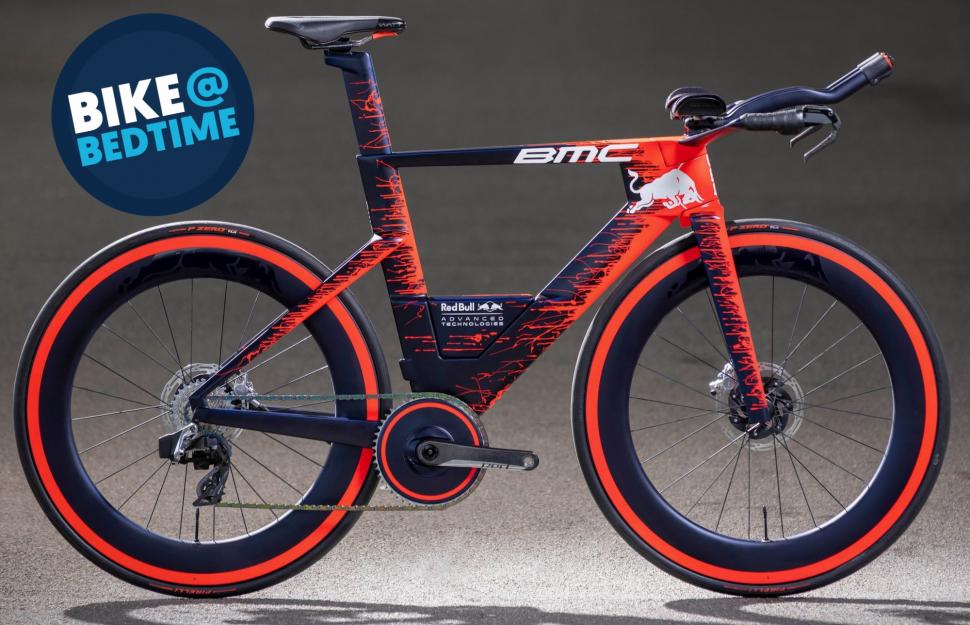 2022 BMC Red Bull prototype time trial triathlon - 6.jpg
2022 BMC Red Bull prototype time trial triathlon - 6.jpgCheck out the “world’s fastest race bike” from BMC and Red Bull
BMC and Red Bull Advanced Technologies say that they have developed the world’s fastest race bike after four years of research. The prototype bike will be raced for the first time this weekend.
Red Bull says that it has taken its Formula One methodologies in aerodynamics and CFD (computational fluid dynamics) and applied them to bike design. The result, it claims, is a bike that “has the potential to be a game-changer”.
BMC first collaborated with Red Bull back in 2018, intending to improve the design and development of high-performance bikes.
BMC says that it used Red Bull Advanced Technologies’ simulation and modelling capability for design decisions to improve speed, power, and ride quality.
“The simulation know-how of Red Bull Advanced Technologies is very complementary to our in-house expertise of bicycle design and structural knowledge,” said Stefan Christ, Head of R&D at BMC Switzerland.
“Simulating not only the vehicle performance but the entire performance environment offers huge opportunities in the collaboration and finally makes BMC athletes even faster. Building the prototypes in our very own Impec Lab here in Grenchen, Switzerland helped us to be fast in development but also realise exactly our vision of the bike.”
BMC hasn’t released much in the way of tech detail but the prototype bike doesn’t look a whole lot like the existing Timemachine TT/triathlon models.
The steep seat tube isn’t cut away around the leading edge of the rear wheel, for example. Instead, the rear edge is straight and there’s a big gap from the tube to the wheel – the opposite of what most brands have been doing for the past few years.
Similarly, the leading edge of the down tube is straight rather than curving to accommodate the rear of the front wheel.
The head angle looks extremely steep and the stem is integrated into the deep head tube. The fork blades are deep too and sit very wide of the front wheel. They travel vertically from the dropouts, heading inward only right at the top. This is similar to the fork on Ribble’s radical Ultra aero road bike, for instance.
BMC/Red Bull have yet to give any information on the tube shaping although lower sections of both the down tube and the seat tube have clearly been widened to work seamlessly with a storage system that slots between them. Several other brands do something similar – Specialized offers a FuelCell for its Shiv that lives down there, for example – while BMC’s existing Timemachine has a Rear Box Storage that sits behind the seat tube and above the dropped seatstays.
Interestingly, we’re seeing no bottle cage mounts so we imagine there must be some internal hydration system.
BMC hasn't offered any statistics to back up its claim that this is the world's fastest race bike although, to be fair, we'd expect that kind of information at launch rather than during the prototype stage.
BMC says that double Olympic gold medallist and multiple Tour de France stage winner Fabian Cancellara was involved at every stage of the development, providing feedback on ride quality and performance.
“It has been fascinating to be involved in this project from its early stages, to continually test the athlete and machine interface,”Cancellara said. “Being part of the development of a cutting-edge bike, employing some radical principles and being given the chance to influence its performance from a rider perspective has been amazing. The finished prototype is incredible, and I look forward to what’s next.”
This photo from BMC suggests that the tech will be used to develop a road bike, although that hasn't been confirmed. The bike pictured above is set up with a mix of SRAM Red and Shimano Ultegra components.
The BMC/Red Bull Advanced Technologies prototype TT bike will make its competition debut at the 2021 Ironman World Championship at St George in Utah, USA, on 7th May 2022 (last year’s event having been rescheduled due to Covid-19). It’ll be ridden by Red Bull Athlete and BMC Pro Triathlon Team member Patrik Nilsson.
Mat has been in cycling media since 1996, on titles including BikeRadar, Total Bike, Total Mountain Bike, What Mountain Bike and Mountain Biking UK, and he has been editor of 220 Triathlon and Cycling Plus. Mat has been road.cc technical editor for over a decade, testing bikes, fettling the latest kit, and trying out the most up-to-the-minute clothing. He has won his category in Ironman UK 70.3 and finished on the podium in both marathons he has run. Mat is a Cambridge graduate who did a post-grad in magazine journalism, and he is a winner of the Cycling Media Award for Specialist Online Writer. Now over 50, he's riding road and gravel bikes most days for fun and fitness rather than training for competitions.
Latest Comments
- Rendel Harris 56 min 18 sec ago
The organisers are Elite Event Management, a for-profit company. Do you not know this or are you just ignoring it?
- check12 6 hours 9 min ago
Surely please get down on your knees, rappers rap about gats not cats and foil isn't made from oil and can hold your all told
- David9694 7 hours 31 min ago
The news from Exeter traders is to good today: Justine must furious with all the drivers not carrying anything causing all this traffic:...
- David9694 7 hours 43 min ago
Elderly man sentenced following serious crash in Ringwood...
- Slartibartfast 9 hours 39 min ago
What I find most amazing is that they didn't use this an opportunity to encourage drivers to check their vision and get an eye test. I was waiting...
- kingleo 11 hours 19 min ago
Cyclists have been riding in Bister for about 150 years, and now all of a sudden they are a great danger to pedestrians.
- the little onion 11 hours 46 min ago
I didn't remove the sound because I didn't think that it mattered - quite clearly the swearing was in reaction to an act of frankly horrid...
- Nigel_2003 12 hours 33 min ago
Know how the limiter screws on your derailleur work and use the right ones to keep chain on a manageable cog at the back and/or chainring at the...
- Freddy56 12 hours 56 min ago
Story one: "Here is all the deals at 50% off."...
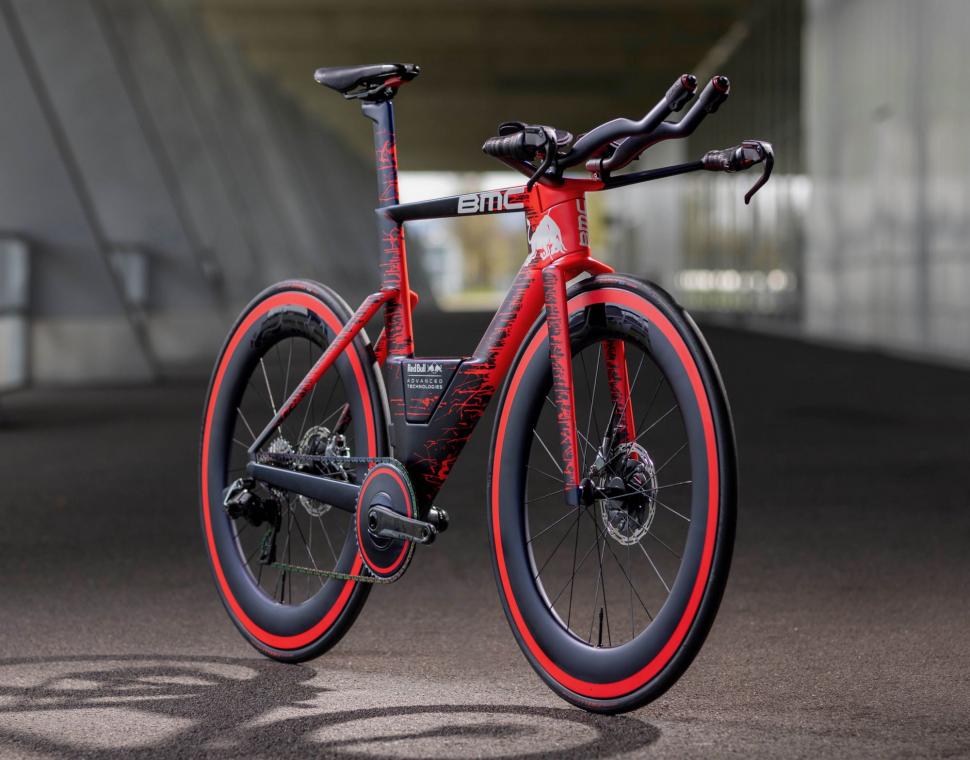


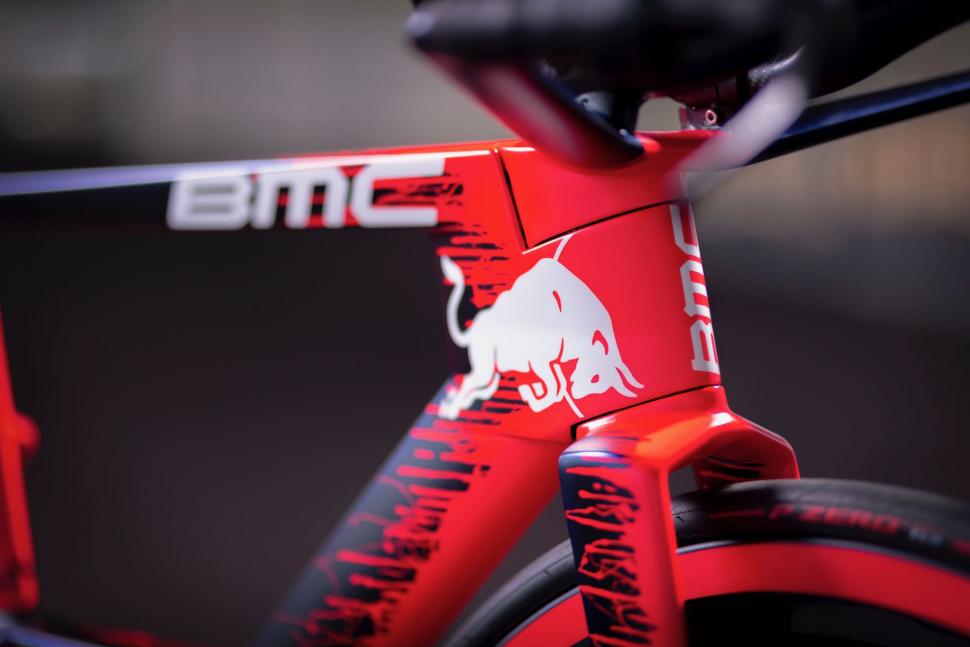
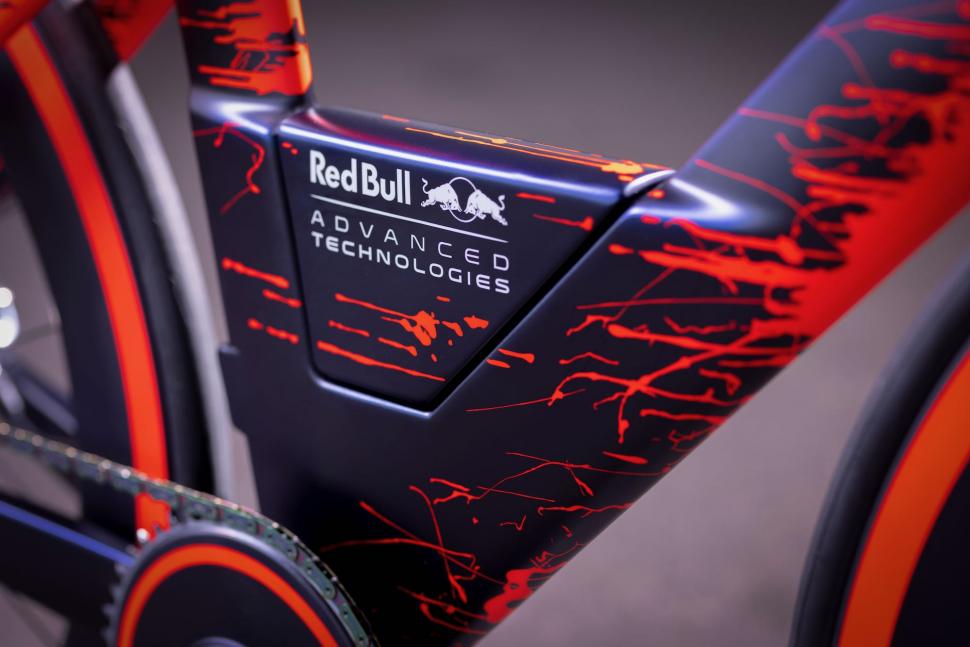
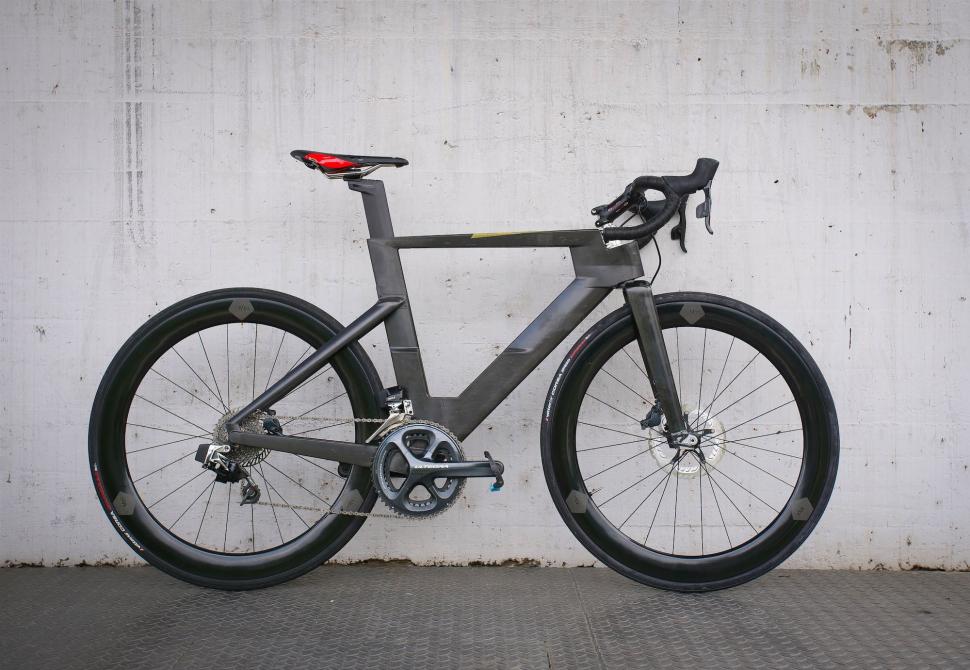
Add new comment
10 comments
Will it take a pannier rack?
If Darth Vader had a bicycle, it would look something like that.
I'm possibly unusual in really liking the aesthetic of aero tube profiles and bikes.
What's going on with the stem of the road bike version... looks like it 'floats' and could perhaps be adjusted for height. Or is that an optical illusion?
Here's a close-up. I imagine this was used to get the miles in – so as to judge ride quality – more practically than going for aero bar front end.
Thanks Mat... makes sense. I'll need a stem like that on my aero bike if my back doesn't improve!
But it's set up with SRAM Red, Vader would surely use the Force?
always loved the aesthetic of BMC.....given that every manufacturer is moving in the same direction its perhaps not surprising that they change some expectations by going in another direction with frame approach - marketing differentiation or science/engineering....hard to know.
It's not a looker, is it?!
and don't even get me started on the road bike version!
So all this time that frame design has constricted the tyre profile to spaghetti proportions, and now we find there was no reason.
Go faster dribbles.